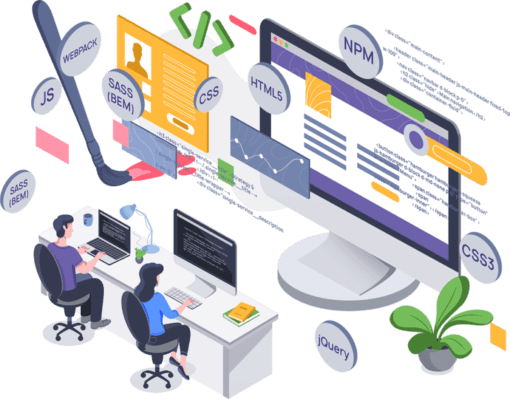Our web accessibility audit uncovers obstacles that can hinder access for people with disabilities, offering clear steps for improvement. By addressing these barriers, you can improve your site’s inclusivity, user experience, and legal compliance. Create a more inclusive online experience while minimizing legal risks and expanding your audience.
Furthermore, you can expand your audience reach, ultimately leading to increased engagement and customer loyalty. Embracing web accessibility is not just a legal obligation; it’s an opportunity to innovate and connect with a diverse user base.
Why Web Accessibility Matters?
Web accessibility matters because it ensures that all people, including those with disabilities, can access and interact with online content. Accessible websites are designed to accommodate a variety of needs, such as:
- visual,
- auditory,
- cognitive,
- or motor impairments
allowing individuals to navigate, understand, and contribute to the web without barriers. Beyond being a moral imperative for inclusivity, web accessibility also broadens the audience for businesses and organizations.
Thus, enhancing user experience for everyone, and ensuring compliance with legal standards such as the Americans with Disabilities Act (ADA). In short, it promotes digital equity and fosters a more inclusive online world.
When should you run a web accessibility audit?
There are several reasons why you want to run a web accessibility audit for your site. Some of these reasons include:
- Incorporating accessibility audits into the design & development phase is crucial. This reduces the cost and time required to address problems later.
- A comprehensive audit should be conducted just before the website goes live. This ensures that the site is WCAG-compliant and accessible to a wide range of users, including those with disabilities.
- Any significant changes to the website’s structure, features, or design could introduce new accessibility issues. Run an audit after updates to check for any new non-compliance with WCAG standards.
- Each time new content or interactive features are introduced, they should be audited to ensure they meet WCAG standards and remain accessible to all users.
- When WCAG is updated (e.g., WCAG 2.1 to 2.2), audit whether your website still meets the revised guidelines.
By running an accessibility audit during these key stages, you can ensure that your website remains compliant with WCAG and accessible to a broad user base.













